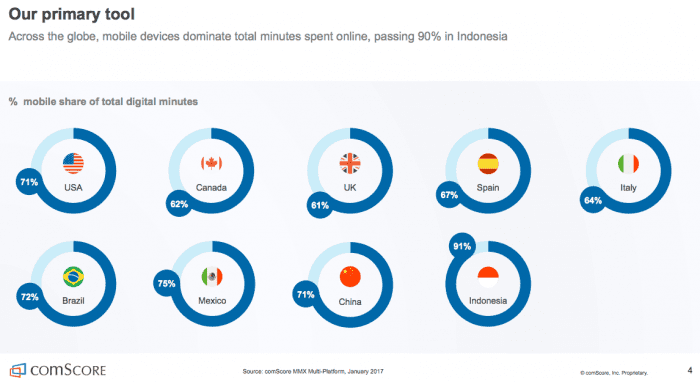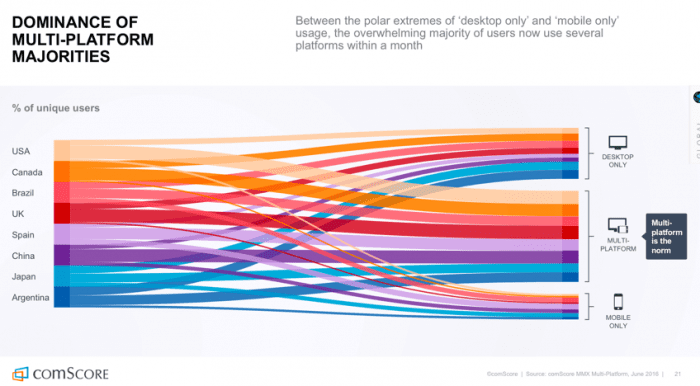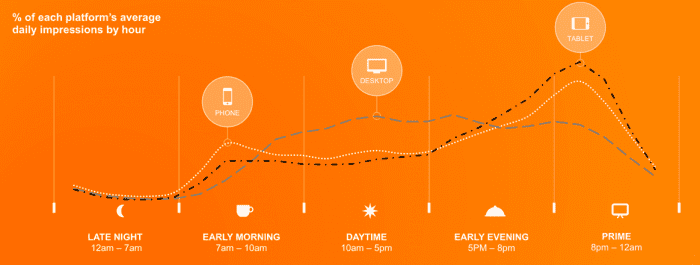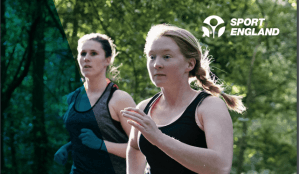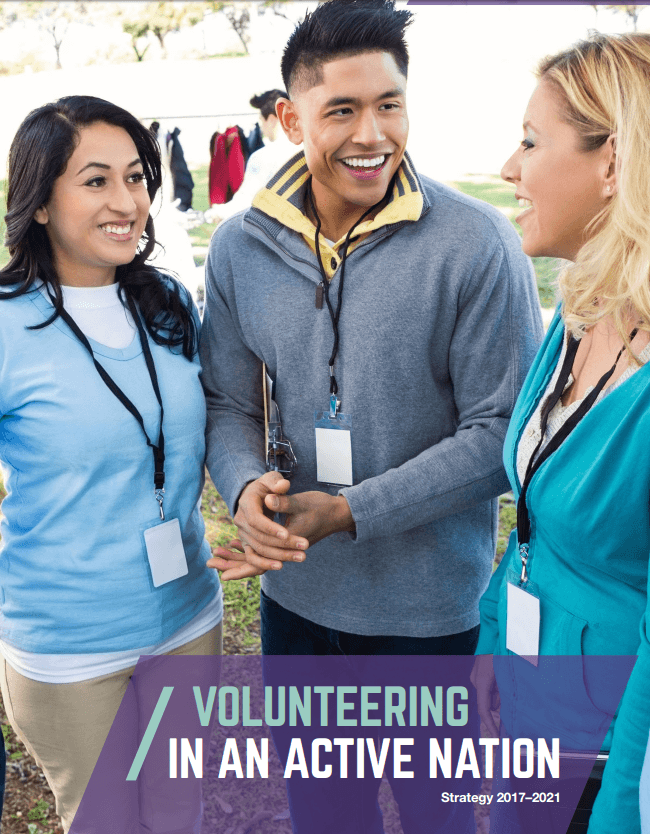The 17th annual Greater Manchester Sports Award was held last Friday at the Emirates Lancashire Cricket Ground and TeamKinetic were lucky enough to have been invited.

Dressed to impress, we attended one of the most enjoyable events of the year. Not just because of the tasty three-course dinner or the chance to see a handful of famous individuals, including this year’s keynote speaker Gary Neville, but for what the event celebrates in its purest form: a sense community, belonging and achievement.
Each year the event brings together individuals from all walks of life in Greater Manchester to share their achievements in Sport and Physical Activity. Throughout the evening a total of eight categories were celebrated, with each of the ten Greater Manchester Districts nominating an individual from their local area. Each of the nominees and category winners had inspirational stories that made you feel proud to live in such a proactive area.
The evening focused on recognising the sporting achievement of many, but TeamKinetic took special note of three specific categories: the Volunteer of the year, Coach of the year and Unsung Hero of the year. For these were the categories we supported most. As CEO of GreaterSport Yvonne Harris stated: without these amazing volunteers the majority of sporting achievements would never have been possible. It is the time, effort and willingness of each volunteer that helps make so many achievements possible.
For those in sport they often started for the enjoyment of the game, or to be a part of a team or just to be fitter. In doing so they became part of a team, learning how to play with one another, growing together and sharing their successes and failures. They soon become part of the larger community within the club, built through a common purpose that demands cooperation, team work and communication.
This community provides a sense of belonging, one that innately encourages it members to give back and helps others receive the same experience they had. This often starts as a supportive role for their club, which leads to a larger responsibility through a coaching or an administrative capacity. This reoccurring cycle of players turning into sport coaches keeps sport running at a grassroots level, ingraining it within our communities and as part of our culture.
The roles of these individuals are crucial in the running and development of the sport. Thankfully, events such as the GreaterSport Awards celebrate them, with an uncontainable passion. It is the recognising of their hard efforts and time invested into their sport that makes the event so special.
It is this passion that drives so many players to become volunteer as coaches, reefers and the key workforce.
For many organisations that rely on volunteers, they can learn a lot from sport and the devotion its volunteers have. The emphasis on community created within a club, can be powerful if understood. The motivation and inspiration a coach can give to those they work with can result in an unprecedented commitment. The community a club provides offers support, a sense of belonging and a membership for something greater than just a game. All of these factors can help build better communities for a volunteer workforce.


 I’m one of the founders of TeamKinetic and have been responsible for developing and maintaining our technical assets for the last decade. Wow that’s a weighty word….a decade.
I’m one of the founders of TeamKinetic and have been responsible for developing and maintaining our technical assets for the last decade. Wow that’s a weighty word….a decade.




